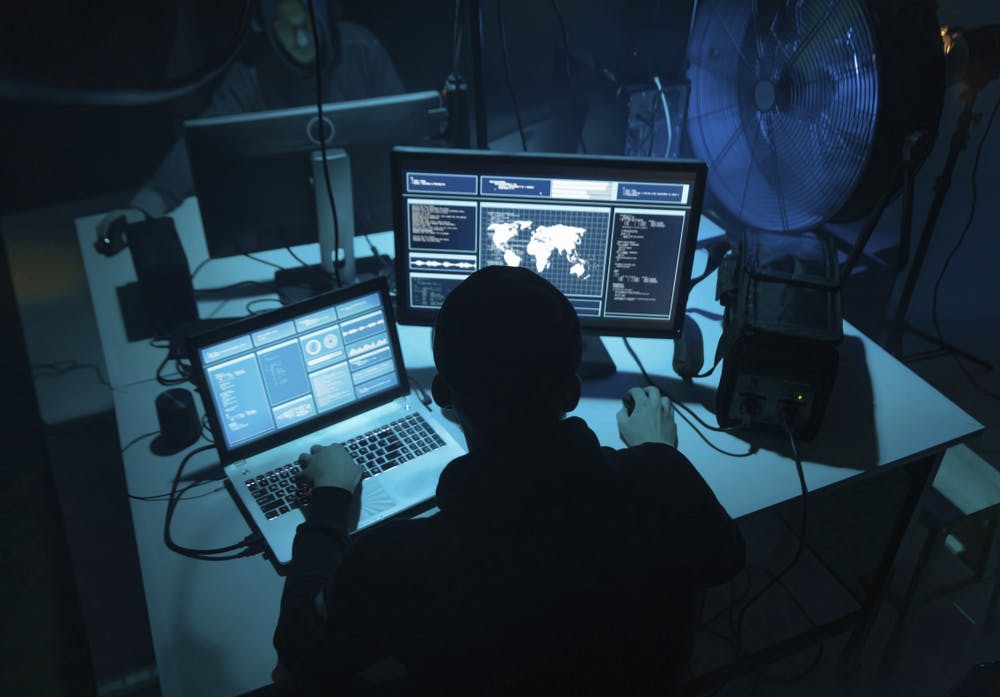TIC 3.0 Pilots, Implementation Continue During Pandemic
CISA official says current practices are likely to become part of long-term guidance.

While the COVID-19 pandemic has altered the timeline for some IT modernization projects, TIC 3.0 continues to move forward from draft recommendations to finalized guidance, and some early adopters are finding that the recommendations eased transitions to telework.
Late last year, the Cybersecurity and Infrastructure Security Agency (CISA) and Office of Management and Budget (OMB) announced the long-awaited update to the federal government’s trusted internet connection (TIC) guidance. Technology and cybersecurity leaders have lauded TIC 3.0 as a crucial factor in bolstering IT modernization, laying the groundwork for a variety of use cases surrounding mobile device management, network security, and secure access to government data.
Reacting to the mass shift to telework that came with the government’s response to COVID-19, CISA issued short-term, interim guidance for TIC 3.0 for remote workers. TIC Program Manager Sean Connelly stressed that the guidance was an immediate solution to a pressing need and that his office at CISA is currently collaborating with the Office of Management and Budget (OMB) and General Services Administration (GSA) to build out telework use cases to inform long-term guidelines.
In the meantime, CISA is still working with partner agencies on use cases for TIC 3.0 to develop lessons learned and best practices for TIC applications across the federal space. In one pilot program, the State Department was “actively piloting” a use case for connecting onsite to individual offices, rather than backhauling the connection to headquarters, said Gerald Karon, the State Department’s acting enterprise network management officer.
During the initial 90-day pilot, which the State Department ran as a proof of concept at an unnamed embassy, Karon said the staff reported a notable increase in performance. Although the pilot is currently on hold while embassy staff work remotely, Karon expects that the pilot program will be a success.
Piloting TIC 3.0 applications in the cloud put the State Department in a strong position to move to telework, and the agency was able to transition relatively smoothly to mass telework when it was necessary, Karon noted. That early pilot combined with recent efforts may also serve as the foundation for future pilots, such as a connection “tethered straight to the cloud” rather than an onsite server, a pilot that is already in testing.
Monitoring the interim guidance’s applications for remote work may prove to be an important component of TIC’s final guidance, both Karon and Connelly said. As a network manager, Karon is working on how to monitor home network security for State employees without having the same level of visibility that he has into agency networks. Connelly is monitoring how agencies use remote services and applications during this time.
“Traditional data centers are going away,” Connelly said, “[There’s] still relevance for TIC itself … but networks are being abstracted away from services.”
There are other pilot programs in agencies at various stages, Connolly said. Many of these involve performance and telemetry for security data, but CISA will not publicly discuss or promote any pilot until the agency conducting it does.
These pilot programs underpin the understanding that there is not a single solution for any use case, said Jim Russo, enterprise infrastructure solutions (EIS) technical lead at GSA. Long-term guidance is designed to match tools to agency needs, based both on the pilot programs and proposals from industry for solutions on TIC and EIS.
“Industry and agencies [are] asking the pertinent questions,” Russo said of his interactions with leaders in both sectors on TIC use cases.
CISA is currently focusing on validating solutions for TIC, though it does not endorse any one solution or overlay, Connelly said. The intent is to understand how solutions are “fitting TIC into [agencies’] risk management posture,” he said.
This is a carousel with manually rotating slides. Use Next and Previous buttons to navigate or jump to a slide with the slide dots
-

The Next AI Wave Requires Stronger Cyber Defenses, Data Management
IT officials warn of new vulnerabilities posed by AI as agencies continue to leverage the tech to boost operational efficiency.
5m read -

Federal CIOs Push for ROI-Focused Modernization to Advance Mission Goals
CIOs focus on return on investment, data governance and application modernization to drive mission outcomes as agencies adopt new tech tools.
4m read -

DOD Can No Longer Assume Superiority in Digital Warfare, Officials Warn
The DOD must make concerted efforts to address cyber vulnerabilities to maintain the tactical edge, military leaders said at HammerCon 2025.
4m read -

Tracking CIOs in Trump's Second Term
Stay informed on the latest shifts in federal technology leadership as new CIOs are appointed and President Trump's second term takes shape.
6m read -

Inside Oak Ridge National Lab’s Pioneer Approach to AI
Energy Department’s Oak Ridge National Lab transforms AI vulnerabilities into strategic opportunities for national defense.
22m listen -

AWS Summit: Innovation Accelerates IT Delivery at DOD
Marine Corps Community Services is tackling outdated IT processes with agile development and cutting-edge cloud security to deliver mission-critical capabilities faster.
12m watch -

AWS Summit: NIST Secures High-Performance Computing Against Evolving Threats
NIST’s Yang Guo reveals the broad attack surface of high-performance computing and explains developing guidance and future-proofing security strategies.
9m watch -

Trump Overhauls Federal Cybersecurity with New Executive Order
The new directive aims to strengthen digital defenses while rolling back "burdensome" software requirements and refocusing AI security.
3m read -

AWS Summit: Forging Successful Cloud Modernization Partnerships
Industry leaders share insights on the critical role industry partnerships have in enabling government agencies to navigate procurement challenges for cloud and zero trust solutions.
24m watch Partner Content -

CISA's CVE Program and Why it Matters for Zero Trust
The vulnerability program provides the cybersecurity community visibility into software as part of a key pillar of CISA's zero trust model.
5m read -

Air Force, Coast Guard Talk Data Security Efforts for AI Development
The services' AI initiatives include efforts like creating clean training data, countering data poisoning and bridging siloed teams.
4m read -

DHS Secretary Urges Congress to Reauthorize CISA 2015
Federal leaders highlight CISA 2015's role in strengthening public-private partnerships and defending against evolving cyber threats.
3m read















